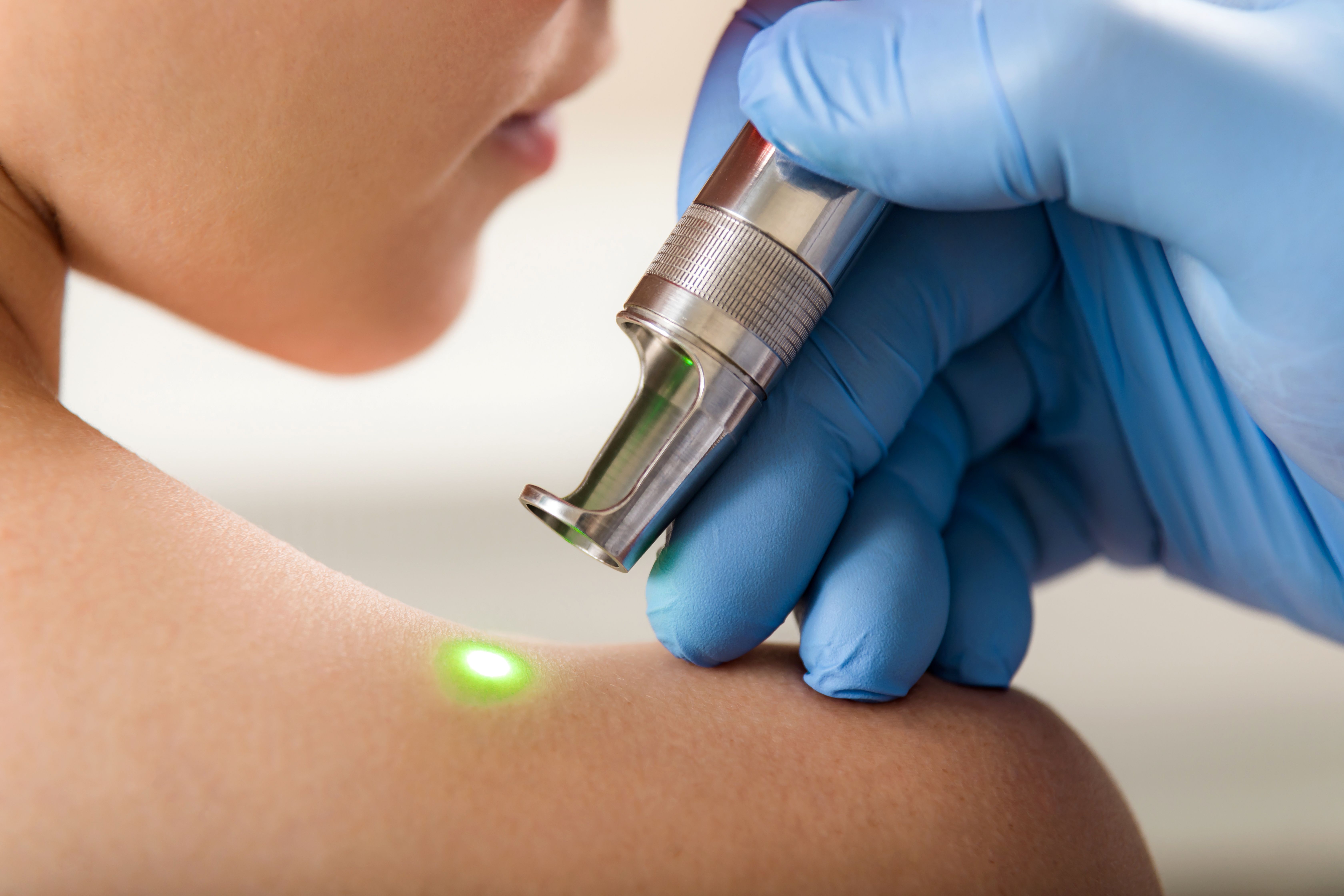- Acne
- Actinic Keratosis
- Aesthetics
- Alopecia
- Atopic Dermatitis
- Buy-and-Bill
- COVID-19
- Case-Based Roundtable
- Chronic Hand Eczema
- Drug Watch
- Eczema
- General Dermatology
- Hidradenitis Suppurativa
- Melasma
- NP and PA
- Pediatric Dermatology
- Pigmentary Disorders
- Practice Management
- Precision Medicine and Biologics
- Prurigo Nodularis
- Psoriasis
- Psoriatic Arthritis
- Rare Disease
- Rosacea
- Skin Cancer
- Vitiligo
- Wound Care
Article
What is an emollient?
Basically, an emollient is a film forming substance that makes the skin feel and look smooth. Emolliency can be achieved with three methods
An emollient is an oily substance that fills in the spaces between the desquamating corneocytes, thus creating a smooth skin surface. This emolliency is perceived by the consumer as smoothness and softness and can be immediately appreciated after application. In addition, the smooth surface increases light reflection improving appearance by making the skin luminous and radiant, which are two good cosmetic terms without medical meaning. Emolliency can be achieved with three methods:
- Placing a naturally occurring oily substance over skin surface (petrolatum, mineral oil, vegetable oil)
- Placing a synthetic oily substance over the skin surface (dimethicone, amodimethicone, cyclomethicone, cetyl alcohol, stearyl alcohol, octyl octanoate
- Placing a polymer film over the skin surface (vinyl acetate, polyvinyl pyrrolidone)
Basically, an emollient is a film forming substance that makes the skin feel and look smooth.
Newsletter
Like what you’re reading? Subscribe to Dermatology Times for weekly updates on therapies, innovations, and real-world practice tips.














